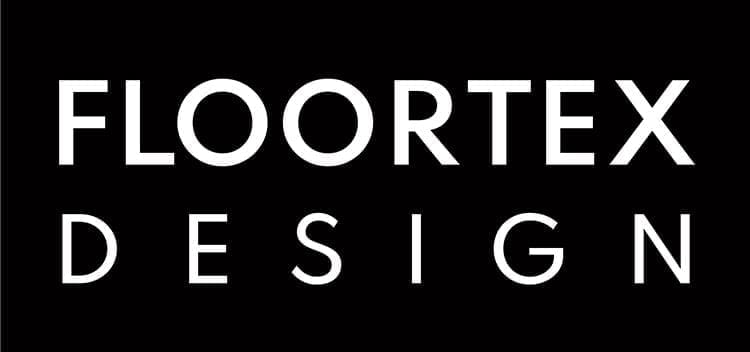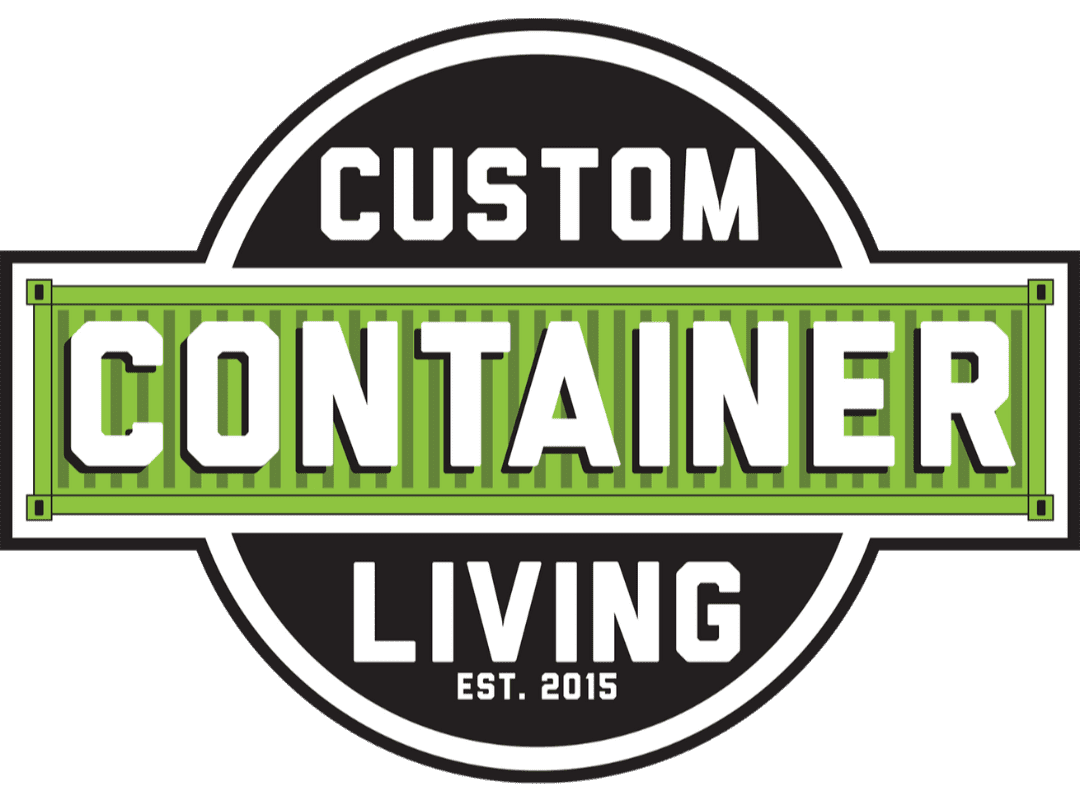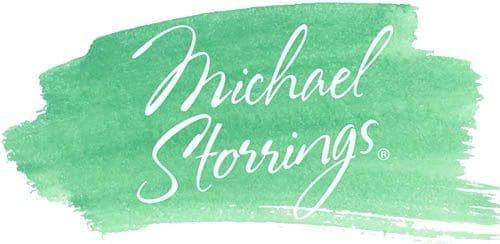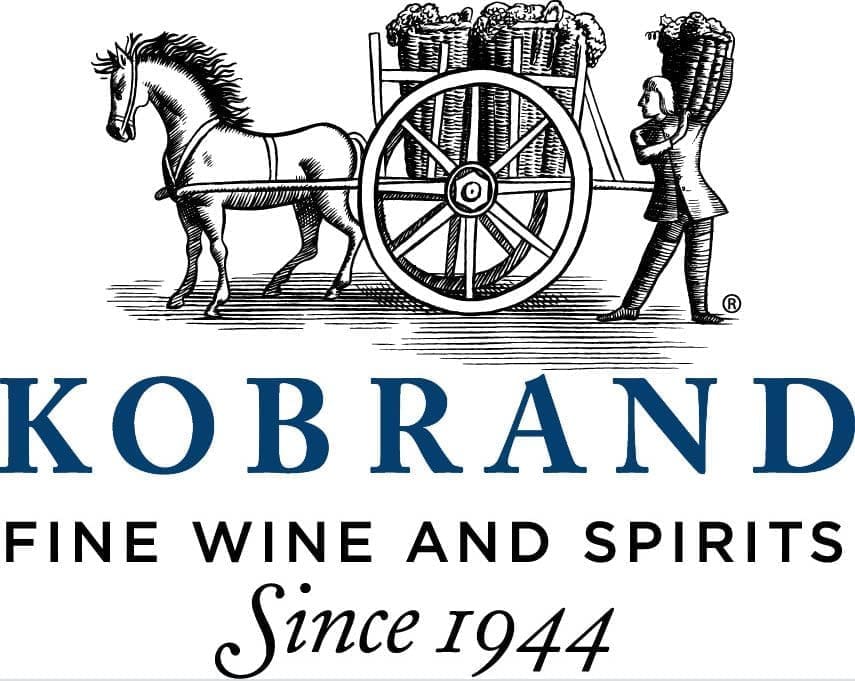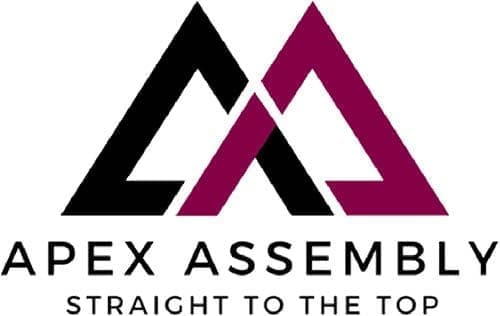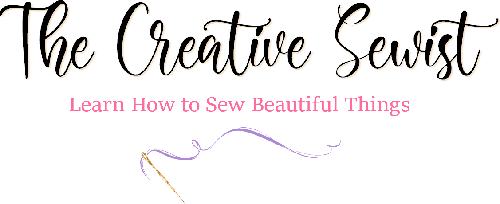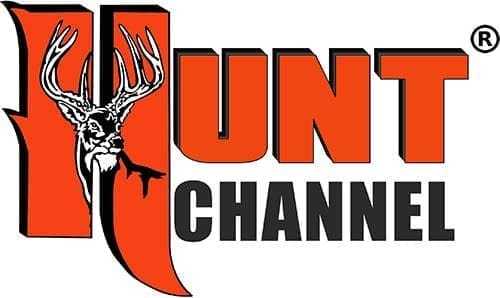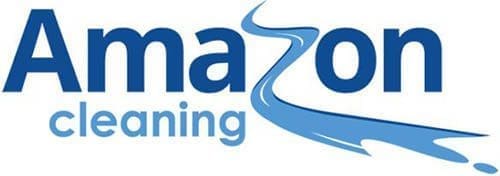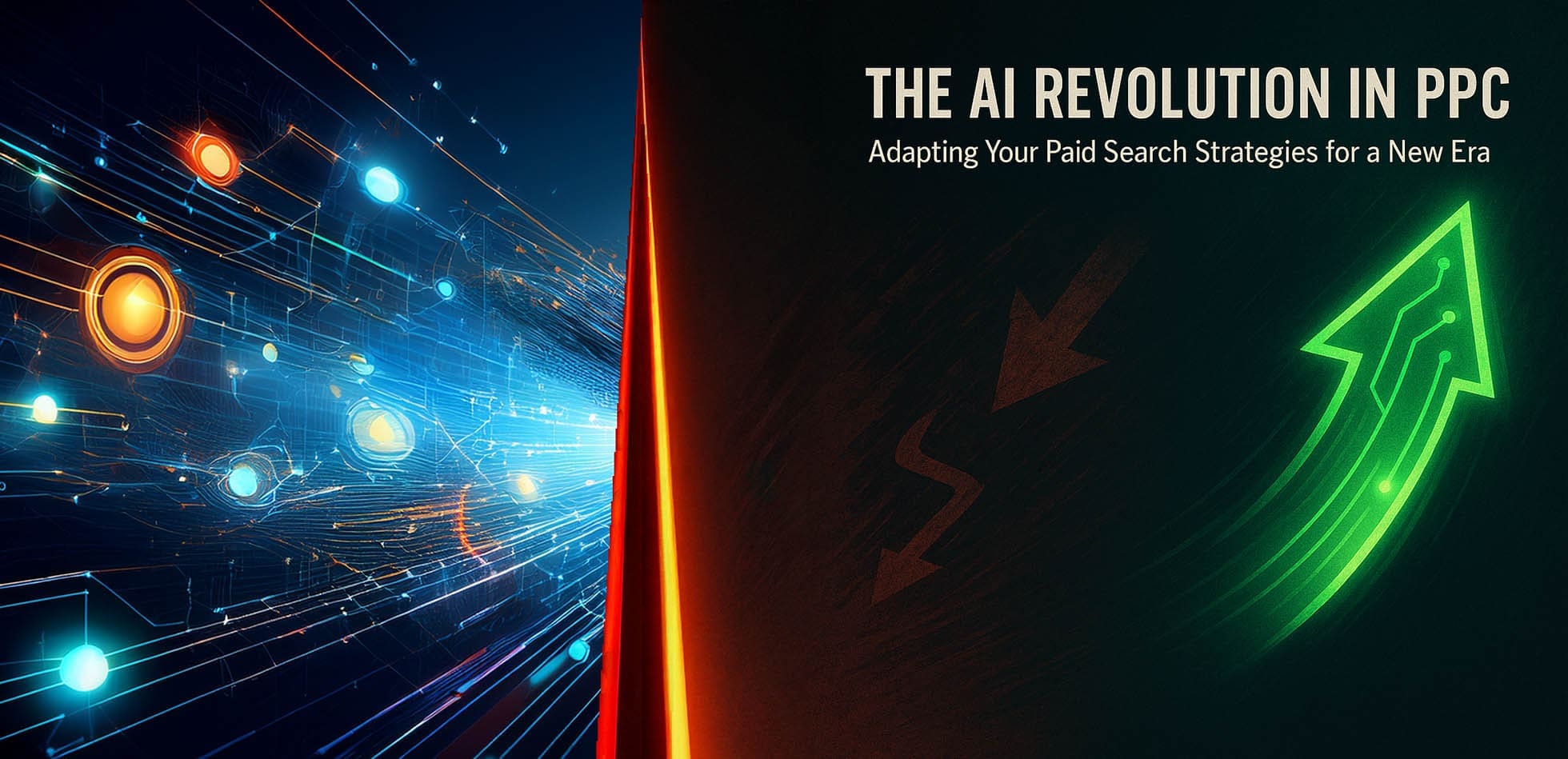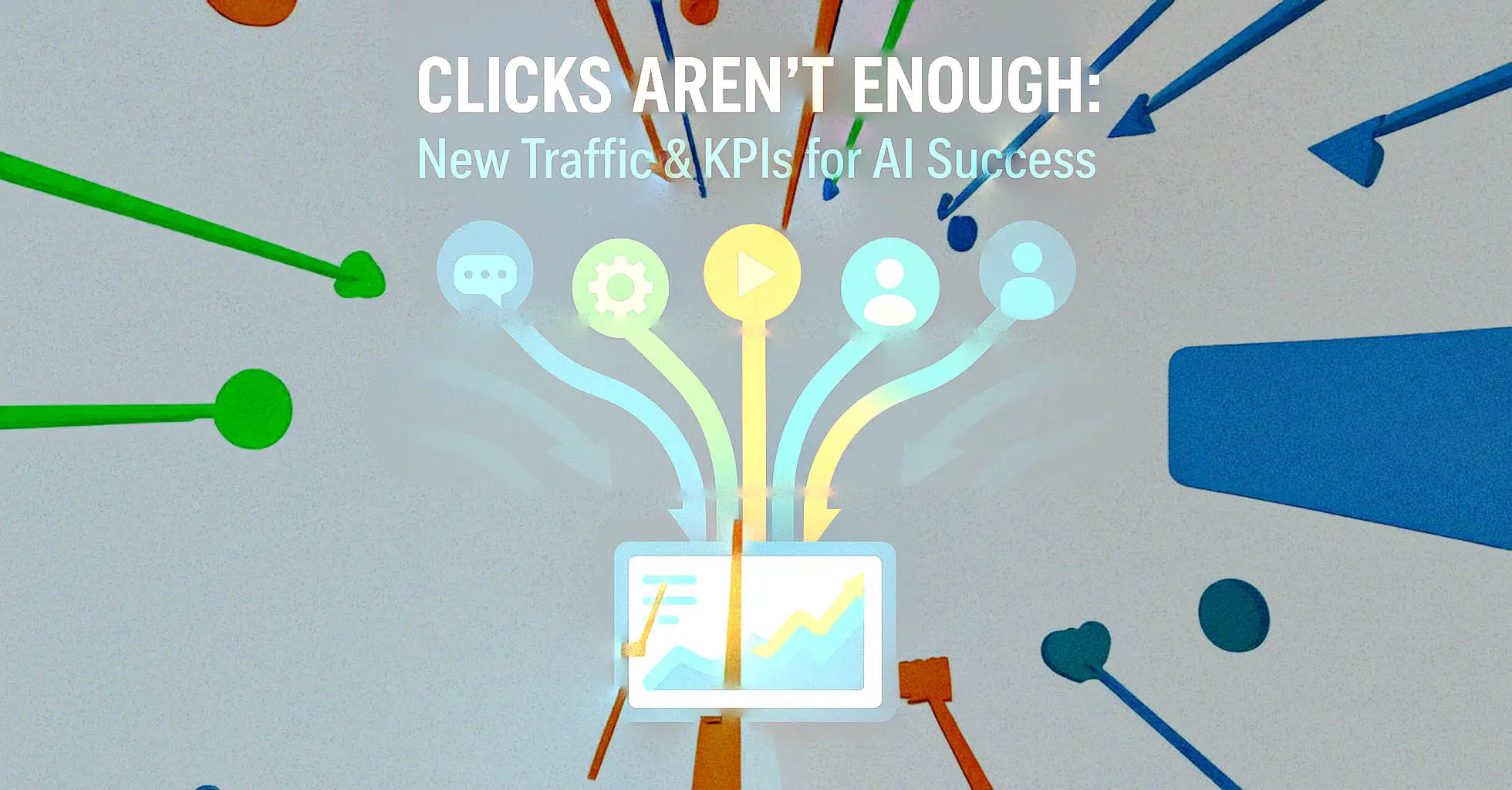Dominating Your Niche: Alright, Let’s Talk Real Category Ownership in This AI Mess
Look, in today’s digital madhouse, just “being online” isn’t cutting it anymore, is it? If you want your business to actually thrive, not just survive, you’ve got to talk about category ownership. What’s that mean? It means when someone – whether a human searching on their phone or some sophisticated AI guiding them – thinks about your type of product, your service, your specific problem niche, YOUR brand is the first name that pops into their head. The definitive answer. Period. In a world where AI Overviews are spitting out summarized info and people are desperate for trusted specialists in a sea of digital noise, owning your category isn’t just important; it’s your lifeline. It’s how you cut through and grab the attention of people who are actually ready to act.
Forget trying to be a “jack of all trades.” That’s a recipe for a diluted message and wasted resources. Trust me on this. The real win? Becoming the recognized “master of one” – or maybe a few super-focused key categories. That’s how you build serious authority, pull in leads that are actually qualified, and carve out a market position that your competitors can’t easily touch. So, let’s get down to brass tacks: how do you build and amplify that kind of category ownership in a world increasingly run by AI?
First Things First: What “Category” Are You Actually Trying to Own? Get Specific.
This whole category ownership thing? It starts with brutal honesty and a laser-focused definition of the niche you’re going after. Vague dreams get you vague results. “Financial software”? Way too broad. You’ll drown. But what about “AI-powered budgeting software for freelance creatives”? Or “ethical investment platforms for Gen Z”? Now we’re talking. That’s tangible. That’s a hill you can actually take.
To get this kind of clarity, you need to ask yourself some hard questions. And I mean really ask them:
What specific problems do we solve better than anyone else? Not just “well,” but exceptionally well?
What’s truly unique about what we offer? What are our non-negotiable differentiators?
Are there underserved corners of the market, or emerging niches, where we could plant our flag and establish early leadership? Don’t just follow the herd.
And let’s be honest, which categories actually line up with our most profitable products or services and where we want this business to be in the long run?
You also have to get inside the heads of your users – and the AI that’s learning from them. How do they define categories? Usually, it’s based on the specific problem they’re trying to solve, the outcome they desperately want, or the distinct features they’re hunting for. AI systems, from search engines to LLMs, figure this out by analyzing web content, search behavior, structured data (hello, schema markup!), and how different things online relate to each other. So, your messaging, your content – it all has to be crystal clear and consistently hammer home those user-defined categories. Why bother? Because concentrating your firepower on owning a few well-chosen, strategic categories will give you a massively better return on investment than scattering your shots. This focus builds a strong brand moat. It’s that simple.
Pillar 1: The Category Hub – Your Fortress of Authority
Alright, so you’ve defined your category. Now what? You build a fortress around it. That fortress is your category landing page. And no, I’m not talking about some sad little page just listing a few products. This needs to be a comprehensive content hub. Its job? To educate users, build unshakable trust, and expertly guide them through their decision-making journey within that specific category.
What goes into a high-impact category page that actually works?
A No-Nonsense Overview: Clearly define the category. Why does it matter? What solutions or info will users find? What big problems does it solve? Spell it out.
Hit Their Pain Points (Hard): Speak directly to the challenges, the needs, the burning questions your audience has when they’re exploring this category. Dig into your customer research, your keyword data, even use AI insights to figure this out.
Showcase YOUR Unique Angle: This is where you shine. Why are your offerings in this category the best bet? What makes them superior, distinct? Lay out the specific benefits, the unique features. Use compelling case studies, real testimonials – all directly tied to this specific category.
Make it Easy to Dig Deeper: Your category page is a central command post. It needs clear, intuitive navigation to relevant sub-category pages (if you have them), to individual product or service pages, and to a treasure trove of supporting content – detailed guides, in-depth blog posts, comparison articles, FAQs – all laser-focused on this category.
And don’t forget, you’re optimizing for users and AI. That means sharp semantic keyword optimization. Implement rich schema markup. Ensure a flawless user experience: fast loading, intuitive navigation, compelling calls-to-action, and, of course, it better be mobile-friendly. Structure your content so it can directly answer those category-level questions AI Overviews love to feature.
Pillar 2: Integrated Campaigns – Make Some Noise in Your Niche!
Owning a category? That’s not a passive activity. It demands a full-court press, an integrated effort where every single marketing channel you use works together to scream your authority and leadership in that niche.
Your Digital PR and link building? It needs to be laser-focused on your category hubs. Sure, homepage links are nice for general authority, but for category ownership, you need high-quality, topically relevant backlinks pointing directly to your specific category landing pages. That’s a powerful signal to AI. How do you get them?
Write killer guest posts for reputable industry blogs, making sure your bio or the content links back to your relevant category page.
Create amazing “linkable assets” – in-depth guides, original research with unique category data, free tools – then promote the heck out of them to relevant sites and influencers.
Be an expert source for journalists. Respond to requests with insights specifically on your category.
Your content marketing needs to tell a story of category expertise. Treat each category page as a “sub-pillar.” Build out a whole universe of supporting content – blog posts, articles, how-to guides, case studies – all diving deep into different facets of that category, and all linking back to that main category page. And don’t just stick to text! Think videos, infographics, webinars, maybe even a niche podcast. Get creative! And UGC? Actively encourage and showcase customer reviews and testimonials that rave about your solutions within that specific category. Social proof is king.
PPC and paid media? Precision targeting is the name of the game. Design your campaigns around keywords that scream “category intent.” Your ad copy needs to hit those category-specific pain points, and the click must take them to your optimized category landing page. No detours. Use retargeting to bring back folks who’ve shown interest in your category content.
Social media and influencer marketing? Get in there! Actively participate in relevant social media groups, forums, Discord servers – wherever people are talking about your category. Don’t just spam links; offer real value, answer questions, be the helpful expert. And influencers? Partner with those who are actual authorities in your target category. Their endorsement can be gold.
Pillar 3: The 7/11/4 Model – Burning Your Brand into Their Brains (for that Category!)
Want a powerful framework for building that deep brand association within your category? Look into what’s often called the “7/11/4 Model.” It’s not some rigid formula, but it’s a brilliant way to think about the kind of multi-faceted engagement needed to truly own a category in someone’s mind.
Here’s the gist:
7 Hours of Meaningful Engagement (Category-Focused): People often need to spend about seven cumulative hours interacting with your brand in the context of your target category before they really get it. This means them devouring your in-depth guides, watching your category-specific webinars, playing with your tools.
11 Touchpoints (Category-Focused): They might need around eleven distinct interactions with your brand related to that category. Think: seeing a targeted social ad, reading your guest post, finding your category page via search, getting a relevant email. Each one reinforces your expertise.
4 Different Platforms (Category-Focused): These interactions should ideally happen across at least four different environments – your website, organic search, paid ads, social media, industry forums. This builds widespread recognition.
How do you apply this? Map out that customer journey for your category. Then, plan your marketing – content, PR, PPC, social, email – to create those multiple, valuable, consistent touchpoints, all hammering home your leadership in that specific category. Tracking the exact numbers is tough, sure. But the principle? It’s solid gold: consistent, valuable, multi-channel exposure over time is what builds brand salience and cements category ownership.
Using AI to Sharpen Your Category Domination Game
Guess what? AI itself can be a fantastic ally here. Use AI-powered market research tools to get deep insights into category trends, customer language, and competitor strategies. AI writing assistants (with heavy human oversight and expert editing, of course) can help brainstorm ideas or refine category-specific content. And in PPC? AI-powered bidding and audience segmentation tools can help you laser-target users interested in your category.
How Do You Know If You’re Winning? Measuring Category Ownership
Ranking number one for a keyword is nice, but it’s not the whole story of category ownership. You need to look at a broader set of indicators:
What’s your Share of Voice (SOV) for category-specific terms across all channels compared to your competition?
Are you seeing more direct and branded organic traffic to your category pages? (e.g., people searching “[Your Brand] + [Category Term]”)
What are the conversion rates and lead quality from your category-focused funnels? Are they better?
Are you getting high-quality, topically relevant backlinks specifically to your category pages?
What are customers saying in feedback and surveys about your expertise in that category?
How are people engaging with your category-specific content (time on page, scroll depth, video completions)?
And the big new one: Are you getting cited frequently and accurately in AI Overviews for category-related questions? That’s a huge tell.
Let’s See it in Action: Quick Hypothetical Examples
Imagine “FinTech Innovators Inc.” decided to own “Sustainable Investment Platforms for Millennials.” They built an amazing pillar page, tons of supporting articles, ran targeted Instagram ads with young finance influencers, did a podcast, and pushed PR on their ethical screening tools. Result? Top AIO citations for “millennial sustainable investing” and a 400% jump in branded searches for that category. That’s ownership.
Or “HealthyPaws Pet Supplies,” targeting “Hypoallergenic Dog Food for Sensitive Stomachs.” They created a detailed category page with vet-approved content, blogged about canine digestive health, partnered with pet micro-influencers, ran super-specific Google Shopping ads, and genuinely helped people in dog owner forums. Boom. They started dominating niche search and became the go-to brand in pet communities.
Stop Competing, Start Owning Your Niche
In this ridiculously crowded, AI-driven digital world, being a generalist is a death sentence. Category ownership – that’s the strategic imperative. It’s about sharp focus, deep value, integrated campaigns, and an unwavering commitment to genuine expertise. It’s not easy, but it’s how you build a defensible, profitable market position.
Define your categories with precision. Build authoritative content hubs. Amplify your message everywhere that matters, guided by principles like the 7/11/4 framework. Measure what truly indicates ownership. Do this, and you won’t just get leads; you’ll build loyalty and become the undisputed go-to authority. And that’s a status recognized by humans and the AI systems guiding them. Now go make it happen.
Clients Who Trusted Us
We establish strong business relationships with our clients and have a vested interest in their success. We pride ourselves in being that trusted partner who our clients can rely on and have the confidence their best interests are being served. Here are just some of the many client partners who have trusted us.







